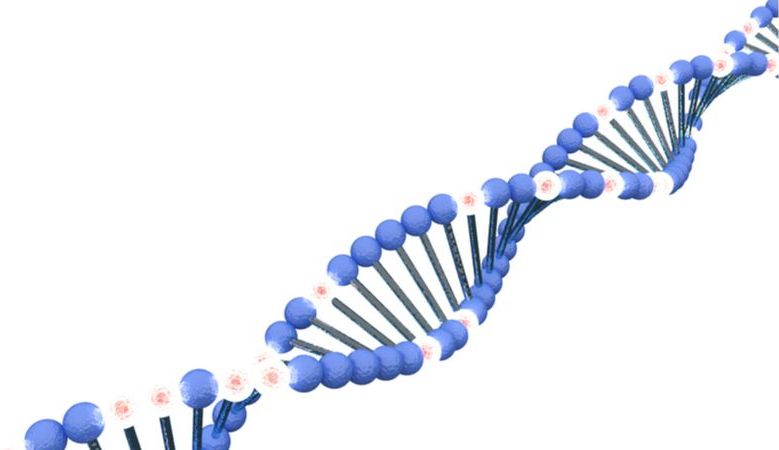Page 7363
Dec 11, 2019
Scientists Dodge FDA to Offer a $1 Million Anti-Aging Treatment in Colombia
Posted by Paul Battista in categories: biotech/medical, life extension
Dec 11, 2019
The DNA Damage Response in Aging
Posted by Paul Battista in categories: biotech/medical, life extension
DNA damage, which results in genomic instability, is one of the primary hallmarks of aging. Today, we want to highlight an recent open access review that explores the DNA damage response during aging.
The role of DNA damage
Some researchers have long suggested that damage to our DNA is a major reason why we age and a strong determinant of species longevity; indeed, many-long lived species have extremely stable genomes, such as bristlecone pines, which have lifespans of over 5000 years.
Dec 11, 2019
Tryptophan as a Therapeutic Target for Inflammaging
Posted by Paul Battista in categories: biotech/medical, life extension
A new open access paper takes a look at tryptophan and the role that it plays in the dysfunction of the immune system in the context of the age-related changes that occur in the microbiome [1].
The microbiome
The gut microbiome is a complex ecosystem of bacteria, archaea, eukarya, and viruses that live inside of us, some beneficial and some harmful, the balance of which keeps us alive. Four microbial phyla, Firmicutes, Bacteroides, Proteobacteria, and Actinobacteria, make up 98% of the total population of the intestinal microbiome.
Dec 11, 2019
CRISPR Human Trial Results Look Promising for Safety
Posted by Paul Battista in categories: bioengineering, biotech/medical
Recently, the first attempt in the United States to use the gene editing tool CRISPR to combat cancer appears to have gone well, according to the initial results of a small human trial to determine safety for the approach.
Gene editing is a way to permanently change DNA in order to potentially cure a disease by attacking the root causes. CRISPR is a tool that can cut DNA at a specific spot, allowing genes to be removed or replaced or new genes to be inserted. CRISPR and other similar gene editing tools have long been used in the lab and are finally, after many years, starting to reach human trials for cancer and other diseases.
The approach involved doctors harvesting immune T cells from three cancer patients’ bloodstreams and modifying those cells with CRISPR to make them better able to detect and destroy cancer. Two of the patients have multiple myeloma, and the third has a sarcoma. Essentially, this therapy uses the body’s own immune cells to fight the disease rather than going with the traditional route of using drugs to disrupt the growth and spread of cancer.
Dec 11, 2019
Ruby Yanru Chen-Tsai presenting at Undoing Aging 2020
Posted by Paul Battista in category: life extension
Dec 11, 2019
Interpreting the Squawks, Chirps, and Barks of Israel’s Rock Hyraxes
Posted by Quinn Sena in category: futurism
Dec 11, 2019
Punching holes in solar cells turns them into transparent windows
Posted by Quinn Sena in categories: solar power, sustainability
Opaque solar panels could be turned into window glass for tall buildings by punching hundreds of tiny holes in them so our eyes perceive them as transparent.
Dec 11, 2019
Here’s the Pentagon’s Terrifying Plan for Cyborg Supersoldiers
Posted by Quinn Sena in categories: cyborgs, military
The U.S. military wants soldiers that have superhuman eyesight, controllable augmented muscles that turn untrained novices into expert killers, and more.
Dec 11, 2019
First commercial electric plane takes flight in Canada
Posted by Quinn Sena in categories: engineering, transportation
The world’s first fully electric commercial aircraft took its inaugural test flight on Tuesday, taking off from the Canadian city of Vancouver and offering hope that airlines may one day end their polluting emissions.
“This proves that commercial aviation in all-electric form can work,” said Roei Ganzarski, chief executive of Seattle-based engineering firm magniX.
The company designed the plane’s motor and worked in partnership with Harbour Air, which ferries half a million passengers a year between Vancouver, Whistler ski resort and nearby islands and coastal communities.


















